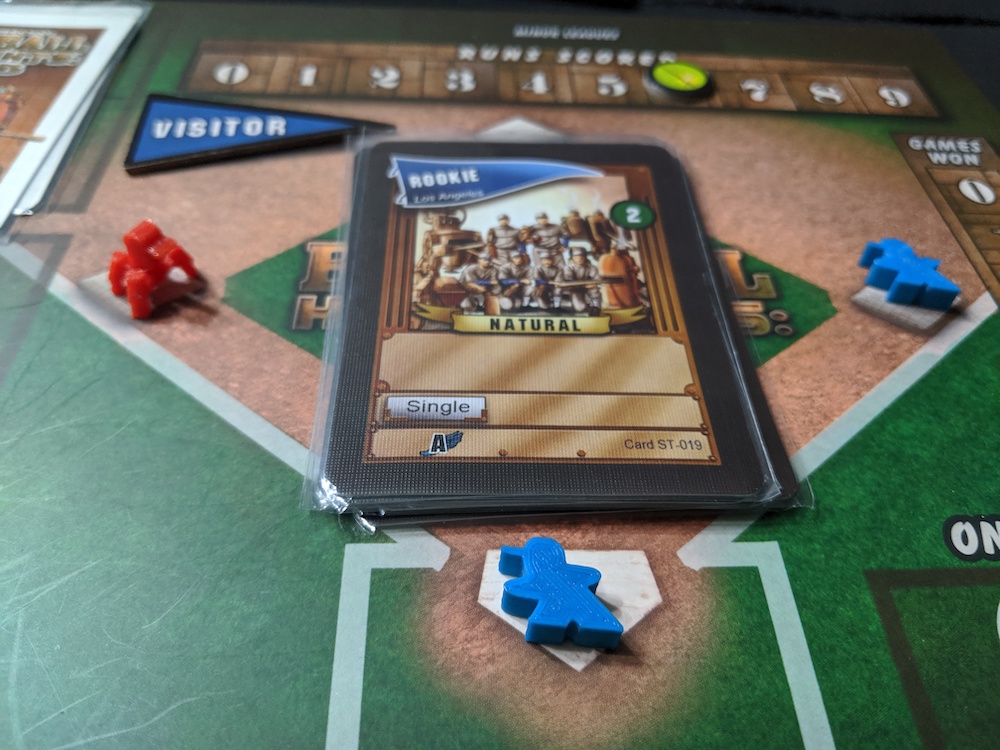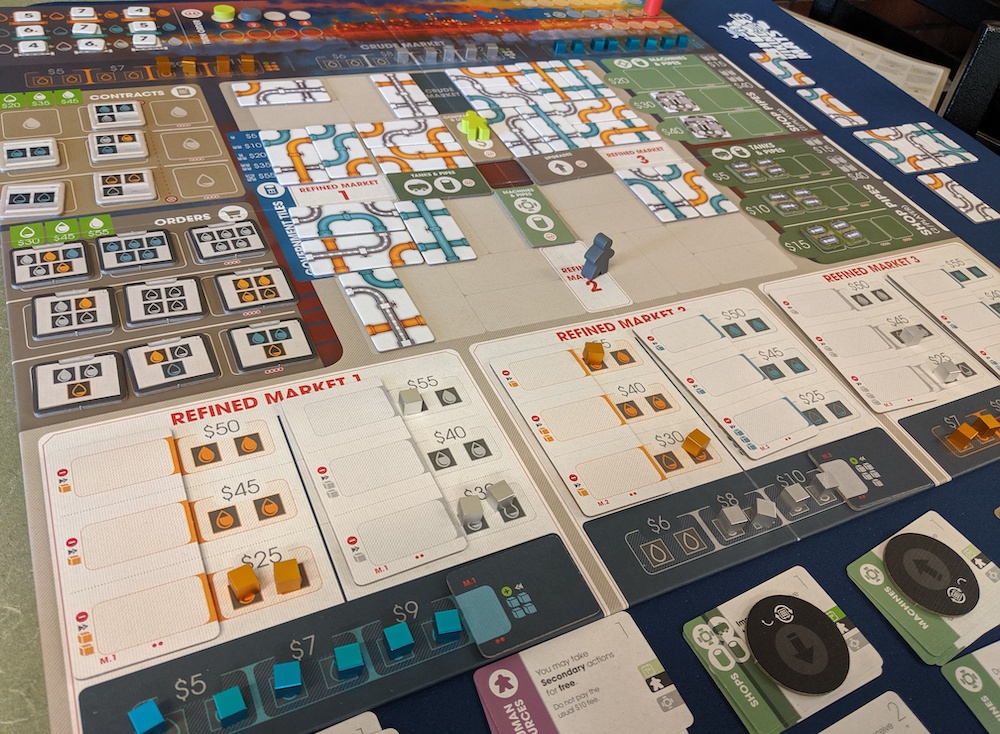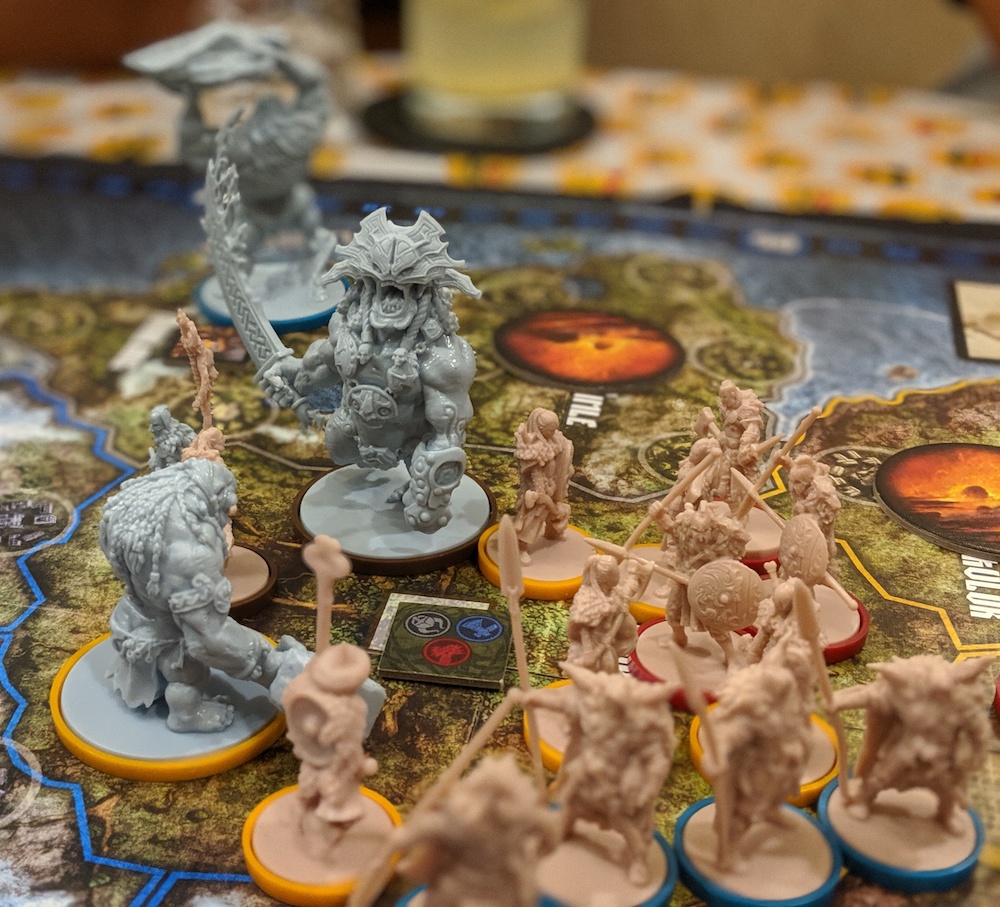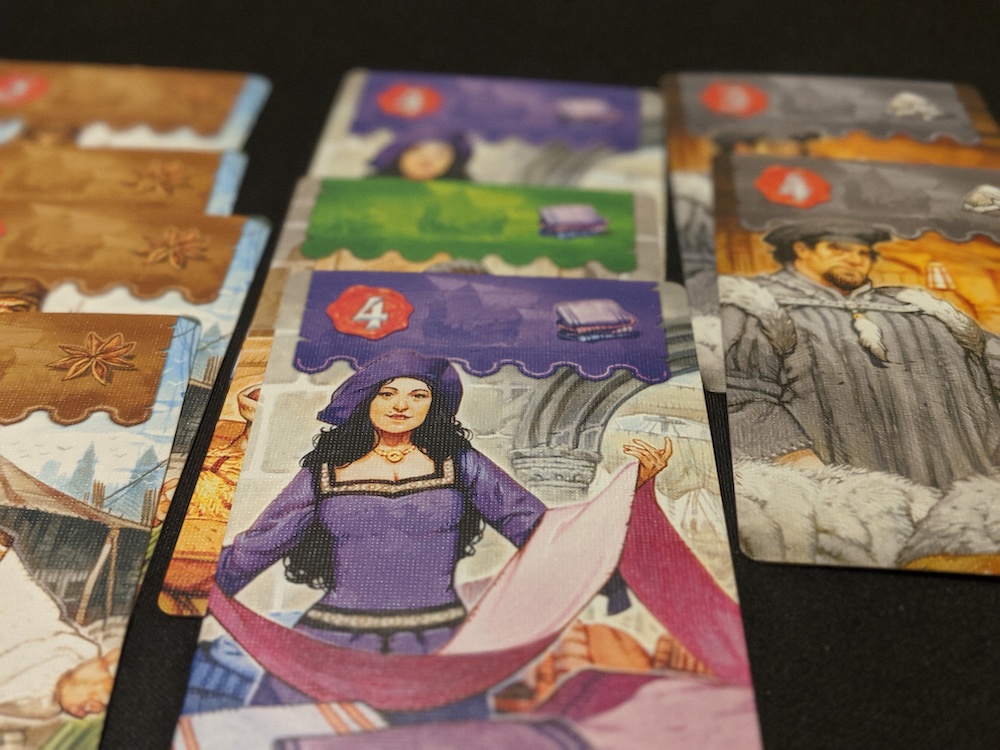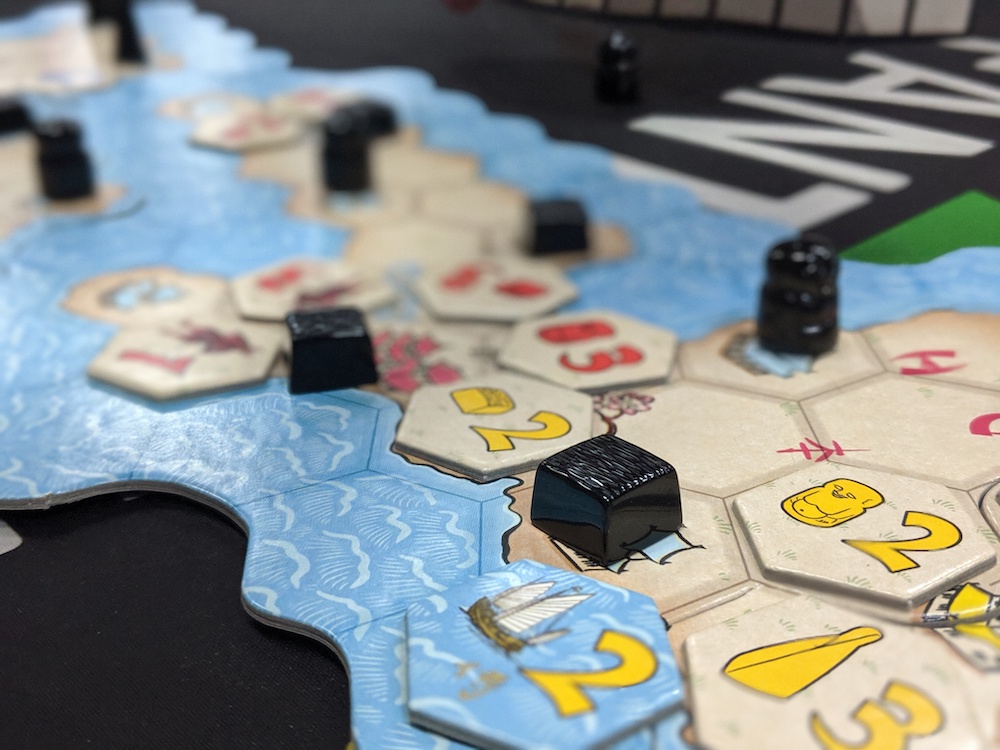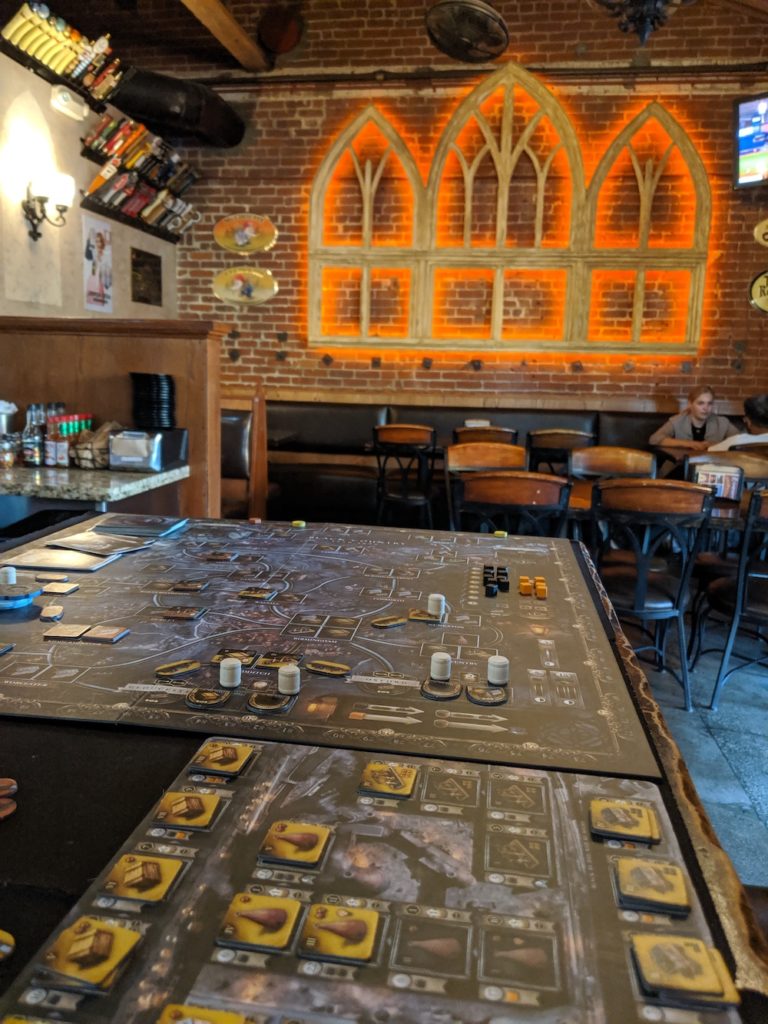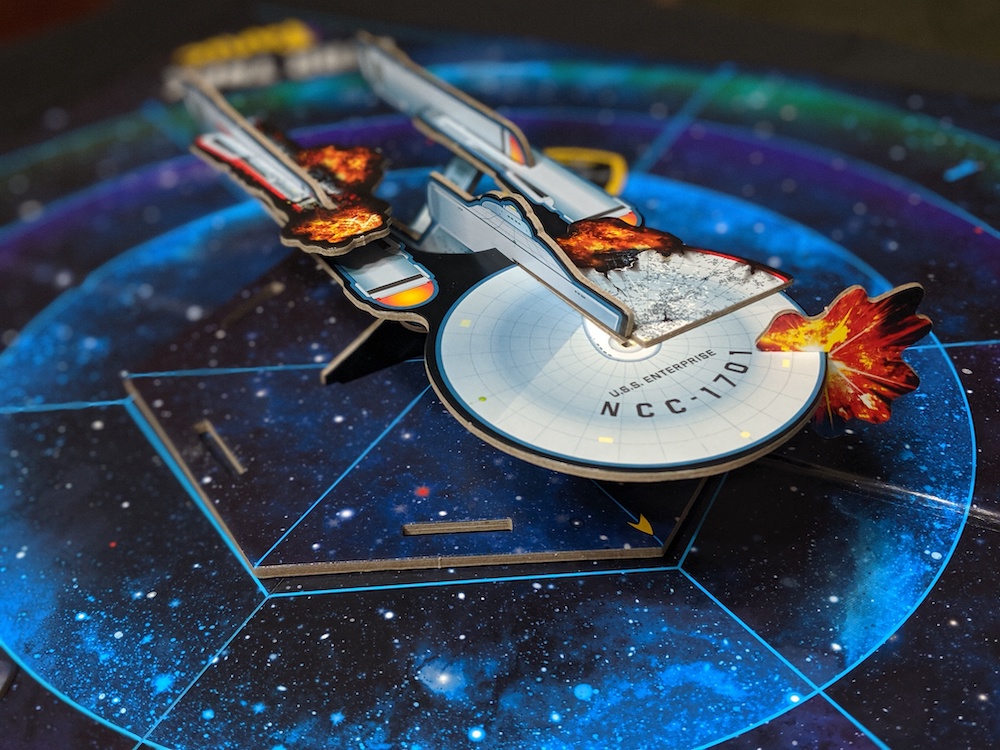I’m blogging every day this month. Some will be game-related, but this challenge is different than my most recent play-a-game-and-blog-about-it challenge. I’m writing a single post every day: no topic guidelines, with some posts being a collection of random thoughts. Click here to read yesterday’s post.

Six years ago Game Häus Cafe in Glendale opened its doors to the public. I was just getting into modern board games back then and even though it was an hour away, I was excited about my first visit.
My niece and nephew were staying with us during their winter break and my wife and I took them to Game Häus before they went home. I was blown away by how many games there were (“only” 700 then, they now have double that amount) and I loved the comfortable vibe of the cafe. We played a bunch of party games with the kids and I remember having a fun time playing a game of Taboo.
It’s funny reading my Yelp review that I wrote back in 2014: “Speaking of hardcore gamers, I’m assuming they take over the place later in the day/night and on the weekends. I saw multiple copies of Settlers of Catan, Ticket to Ride, and other popular games on the shelves.”
Now I know that Settlers and TTR are more commonly known as gateway games but looking back I see how I thought those were more hardcore games since I had no idea what most of the games on the shelves were. I slowly got into games from that day on, occasionally surfing on boardgamegeek.com or watching Wil Wheaton on Tabletop. The board game bug eventually bit me in January 2015, when I ordered a copy of Pandemic as a birthday gift for myself. I haven’t looked back since.
While the games and the menu have changed over the years, the outstanding service and welcoming atmosphere remains the same at Game Häus. I recognize owners Rob and Terry now; they and all of the staff have always been kind and friendly to me over the years and I couldn’t be happier for their success. Thanks to this community hangout spot, I’ve played a lot of awesome games and I’ve made new friends.
Tonight Michelle and I went to the Game Häus sixth anniversary party. I thought how much has changed since our first visit; mainly, how I got involved in the industry. I’ve been fortunate to have great opportunities, from writing for various websites to appearing on the occasional episode of Game the Game on Geek & Sundry. Life really is an incredible journey. If you’d told me during our first visit that my favorite game would be one that can take all day to play or that I would be part of a great podcast team, I wouldn’t have believed you.
Game Häus has been and continues to be an inspiration. It’s easy to point to the staggering number of games and the delicious desserts they offer, but really it’s the people that make this place so special. Sitting for hours and actually engaging with others over the tabletop is something that’s been taken for granted over the years as our electronic devices have become embedded into our lives. Thankfully, Game Häus has been offering a space over these last years that offers an alternative to the daily technology overload.
Cheers, Game Häus! Here’s to many more years of tabletop memories. And shout out to Amanda, Jose, Oscar, Benji, Jackie, Al, John, Lorena, and friends at the celebration tonight. Let’s do it again next year!

